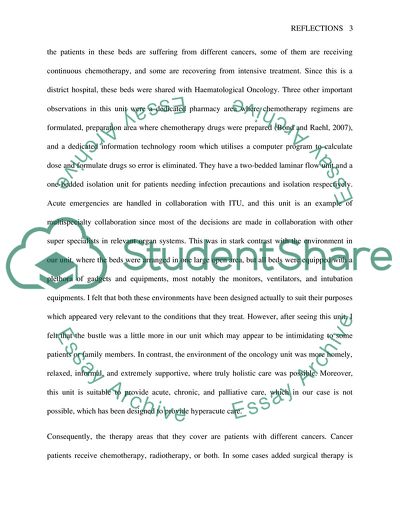Cite this document
(Delivery of Care Personal Statement Example | Topics and Well Written Essays - 2500 words, n.d.)
Delivery of Care Personal Statement Example | Topics and Well Written Essays - 2500 words. Retrieved from https://studentshare.org/nursing/1735750-contemporary-health-care
Delivery of Care Personal Statement Example | Topics and Well Written Essays - 2500 words. Retrieved from https://studentshare.org/nursing/1735750-contemporary-health-care
(Delivery of Care Personal Statement Example | Topics and Well Written Essays - 2500 Words)
Delivery of Care Personal Statement Example | Topics and Well Written Essays - 2500 Words. https://studentshare.org/nursing/1735750-contemporary-health-care.
Delivery of Care Personal Statement Example | Topics and Well Written Essays - 2500 Words. https://studentshare.org/nursing/1735750-contemporary-health-care.
“Delivery of Care Personal Statement Example | Topics and Well Written Essays - 2500 Words”. https://studentshare.org/nursing/1735750-contemporary-health-care.


